Loading...
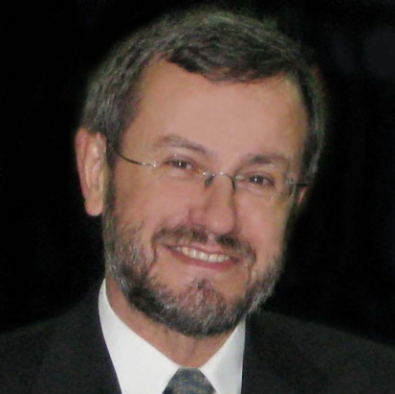
Prof. Ioannis Pitas (IEEE Fellow, IEEE Distinguished Lecturer, EURASIP fellow) received the Diploma and PhD degree in Electrical Engineering, both from the Aristotle University of Thessaloniki (AUTH), Greece. Since 1994, he has been a Professor at the Department of Informatics of AUTH and Director of the Artificial Intelligence and Information Analysis (AIIA) lab. He served as a Visiting Professor at several Universities.
His current interests are in the areas of computer vision, machine learning, autonomous systems, intelligent digital media, image/video processing, human-centred computing, affective computing, 3D imaging and biomedical imaging. He has published over 970 papers, contributed to 46 books in his areas of interest and edited or (co-)authored another 15 books. He has also been member of the program committee of many scientific conferences and workshops. In the past he served as Associate Editor or co-Editor of 23 international journals and General or Technical Chair of 5 international conferences. He delivered 129 keynote/invited speeches worldwide. He co-organized 38 conferences and participated in technical committees of 291 conferences. He participated in 75+ R&D projects, primarily funded by the European Union and is/was principal investigator in 47 such projects. He is the coordinator of the Horizon Europe R&D project TEMA ( https://tema-project.eu/) , AUTH principal investigator in H2020 R&D projects Aerial Core (https://aerial-core.eu/), AI4Media (https://www.ai4media.eu/ one of the 4 H2020 ICT48 AI flagship projects) and Horizon Europe R&D projects AI4Europe (https://www.egi.eu/project/ai4europe/), SIMAR (https://simar-project.eu/).
He is chair of the International AI Doctoral Academy (AIDA) https://www.i-aida.org/. He was chair and initiator of the IEEE Autonomous Systems Initiative https://ieeeasi.signalprocessingsociety.org/. He has 37500+ citations to his work and h-index 91+. According to https://research.com/ he is ranked first in Greece and 319 worldwide in the field of Computer Science (2022).
Speech Title: Update Soon
Abstract: Update Soon.
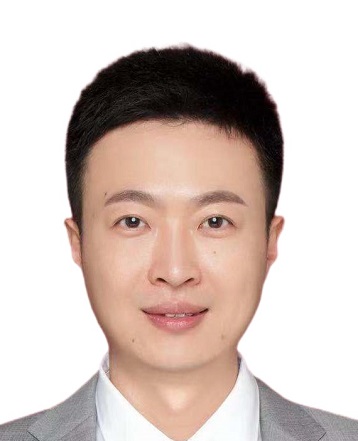
Yang Yue received the B.S. and M.S. degrees in electrical engineering and optics from Nankai University, China, in 2004 and 2007, respectively. He received the Ph.D. degree in electrical engineering from the University of Southern California, USA, in 2012. He is a Professor with the School of Information and Communications Engineering, Xi'an Jiaotong University, China. Dr. Yue’s current research interest is intelligent photonics, including optical communications, optical perception, and optical chip. He has published over 270 journal papers (including Science) and conference proceedings with >12,000 citations, one book, six edited books, two book chapters, >60 issued or pending patents, >200 invited presentations (including 1 tutorial, >30 plenary and >60 keynote talks). Dr. Yue is a Fellow of SPIE, a Senior Member of IEEE and Optica. He is an Associate Editor for IEEE Access and Frontiers in Physics, Editor Board Member for four other scientific journals, Guest Editor for >10 journal special issues. He also served as Chair or Committee Member for >100 international conferences, Reviewer for >70 prestigious journals.
Speech Title: Multiparameter Performance Monitoring for Optical Communications Channels Using Deep Learning
Abstract: In recent years, deep learning has come to the forefront as a promising technology to aid in multiparameter performance monitoring for optical communications channels. In this talk, we will introduce CNN-based techniques to effectively monitor multiple system performance parameters of optical channels using eye diagram measurements. Experimental results demonstrate this method achieves a prediction accuracy >98% when tasked with identifying the modulation format (QPSK, 8-QAM, or 16-QAM), as well as the optical signal-to-noise ratio (OSNR), roll-off factor (ROF), and timing skew for 32 GBd coherent channels. For PAM-based intensity-modulation direct detection (IMDD) channel eye-diagram-based CNN method maintain >97% identification accuracy for 432 classes under different combinations of probabilistic shaping (PS), ROF, baud rate, OSNR, and chromatic dispersion (CD) by each modulation format. Furthermore, we undertake on an extensive comparison of ResNet-18, MobileNetV3 and EfficientNetV2. Our designed VGG-based model of reduced layers, alongside the lightweight MobileNetV3, demonstrates enhanced cost-effectiveness while maintaining high accuracy.
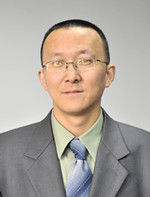
Juntao Fei is now a professor at the College of IoT Engineering, Hohai University , Director of Institute of Electrical and Control Engineering He received his B.S. degree from the Hefei University of Technology, M.S. degree from University of Science and Technology of China, M.S and Ph.D. degree from the University of Akron, USA. He was a visiting scholar at University of Virginia, USA, North Carolina State University, USA respectively. He served as an assistant professor at the University of Louisiana, USA from 2007 to 2009.
He is a Senior Member of IEEE. He has actively served in the editorial board of a number of international journals as an associate editor, including Transactions of the Institute of Measurement and Control, IEEE Access, etc. He has served as chairs and program committee members for numerous international conferences. He was a PI of 30 projects in the last ten years, including the National Natural Science Foundation of China, Jiangsu Natural Science Foundation, etc. He has published more than 300 journal and conference papers and five books , more than 130 papers were published by international journals such as IEEE Trans. on Cybernetics, IEEE Trans. on Neural Network and Learning System , IEEE Trans. on Power Electronics, IEEE Transactions on Control Systems Technology, IEEE Transactions on Systems, Man, and Cybernetics: Systems, etc. He authorized 92 invention patents. He is an awardee of the Recruitment Program of Global Experts (China). His biography has been included in Who’s Who in the World, Who’s Who in Science and Engineering, Who’s Who in America. His current research interests are adaptive control, intelligent control, mechatronics and robotics, power electronics and control, smart materials and structure.
Speech Title: Update Soon
Abstract: Update Soon.
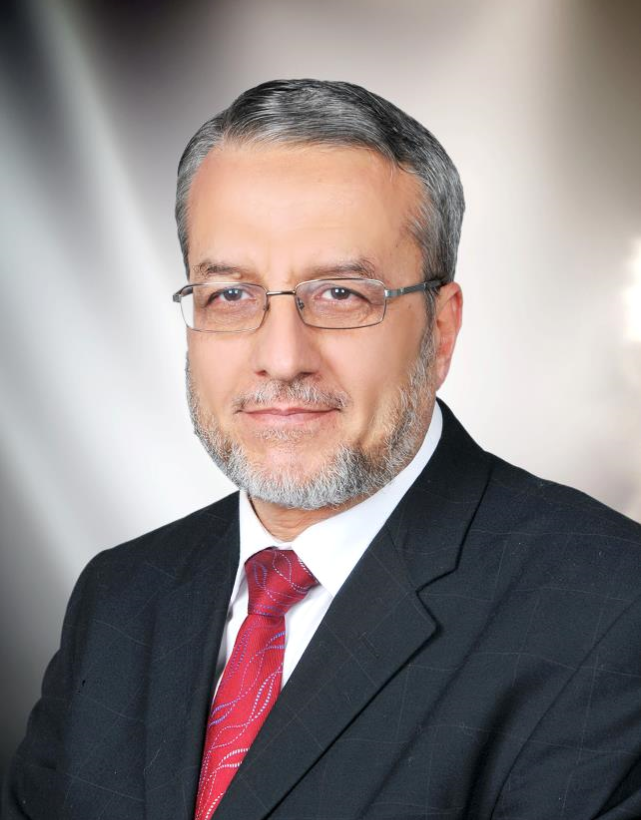
Moustafa H. Aly was born in Alexandria, Egypt, in 1953. He received the B.Sc., M.Sc., and Ph.D. degrees from the Faculty of Engineering, Alexandria University, Alexandria, in 1976, 1983, and 1987, respectively. He is currently a Professor of optical communications with the Electronics and Communications Engineering Department, College of Engineering and Technology, Arab Academy for Science, Technology and Maritime Transport, Alexandria. He was a co-supervisor of 135 M.Sc. and Ph.D. students and he published 290 journals and conference papers. His research interests include optical communications, optical amplifiers, and optical networks.
Speech Title: Update Soon
Abstract: Update Soon.
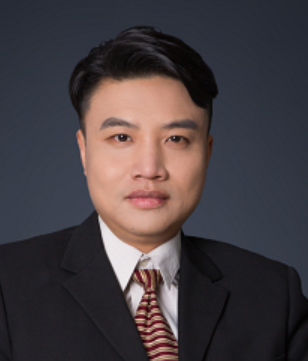
Dr. Huang is a professor and doctoral supervisor of the School of Software Engineering at South China University of Technology. He is currently serving as an associate editor of IEEE Transactions on Evolutionary Computation (IF: 14.3), Complex & Intelligent Systems (IF: 5.8) and IEEE Transactions on Emerging Topics in Computational Intelligence (IF: 5.3), and Director of Teaching Steering Committee for Software Engineering of Undergraduate Colleges and Universities in Guangdong Province. Prof. Huang has made great contributions to the scholarship on the theories and application of intelligent optimization algorithms. For example, he has proposed a time complexity analysis method of real-world evolutionary algorithms, algorithms for efficient and accurate image matting, a method for automated test case generation based on path coverage, etc. Prof. Huang has hosted more than twenty national and provincial projects. He has published two books, Theory and Practice of Intelligent algorithm and Theory, Methods and Tools for Time Complexity Analysis of Evolutionary Algorithm. He has also published more than 80 papers in IEEE TCYB, IEEE TETC, IEEE TSE, IEEE TEVC, IEEE TIP, IEEE TFS, and Science China, including ESI highly cited papers. As the first inventor, Prof. Huang has 49 invention patents granted in China and seven invention patents granted in the United States. He won China Patent Excellence Award and developed an association standard entitled “Standard for glass-box testing without source code” as the first completer. Additionally, Prof. Huang pays attention to social services. Over the past five years, he has given more than 50 public lectures on science and technology for government offices, primary and secondary schools, CCF, YOCSEF, media, etc. He has been in charge of the development and release of six public software systems such as Unit Test Algorithm Platform www.unittestpc.com.cn, Automatic Structural Equation Modeling System www.autosem.net, Evolutionary Algorithm Time Complexity Analysis System www.eatimecomplexity.net, and Energy Storage Optimization System http://energystorage.autosem.net, which have provided free technical service and support for lots of researchers and engineers.
Speech Title: Micro-scale searching algorithm and its application
Abstract: Intelligent optimization algorithm is an important artificial intelligence method which is often used to solve complex black-box optimization problems. From the perspective of the nature of algorithm performance, this report will describe the fundamental reasons and key points of algorithm performance improvement. It will introduce the idea of micro-scale searching algorithm: By determining the effective decision subset of optimization problems, adjust the reasonable allocation of computational resources and achieve effective search in a small space, thus obtaining the optimal solution or high-quality feasible solution of the problem. Based on this algorithmic idea, The report will analyze the micro-scale searching assumptions and performance nature of intelligent optimization algorithms such as genetic algorithm (GA), particle swarm optimization (PSO), differential evolution (DE), ant colony optimization (ACO). It will also summarize and discuss the pitfalls of analyzing performance of evolutionary computing methods. Finally, this report will introduce the applications of micro-scale searching algorithm ideas in industrial software, software engineering, computer vision, digital logistics, etc.
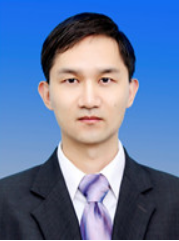
Wang Geng, Ph.D., Associate Professor, High-level Talents of Sichuan Province, Expert of Tianfu Elite A-card, Expert of China Science and Technology City A-card, Director of Henan Instrumentation Society, Assessment Expert of National and Provincial Scientific Research Funds, Member of IEEE Society. He won the Science and Technology Progress Award of Henan Province, and the Science and Technology Award of China Coal Society.
Speech Title: Modeling and Control of Hysteresis in Smart Materials: From Traditional to AI-Driven Approaches
Abstract: In the realm of smart materials and precision engineering, accurately modeling and effectively controlling hysteresis characteristics is crucial for enhancing system performance. This keynote address begins by reviewing traditional operators and differential equations-based hysteresis modeling approaches, including the Preisach model, Jiles-Atherton model, and Bouc-Wen hysteresis model, and analyzes their applications and limitations in engineering practice. Subsequently, we explore the application of optimization techniques in hysteresis modeling, such as parameter identification and model validation, and how optimization algorithms can improve the accuracy and robustness of hysteresis models.
In the control segment, the presentation will introduce hysteresis control strategies based on traditional and modern control theories, including PID control, sliding mode control, and adaptive control, discussing the challenges they face when dealing with hysteresis nonlinearity. Recently, the rise of artificial intelligence technology has brought new opportunities into hysteresis modeling and control. We will analyze how deep learning, and neural networks can be utilized to establish more accurate hysteresis models and discuss their applications in control design. Case studies will demonstrate the potential of AI in predicting hysteresis behavior and real-time tracking control.
Finally, this address will discuss the future trends of artificial intelligence in hysteresis modeling and control for applications of smart materials and precision engineering, including its potential to improve model accuracy, reduce computational complexity, and enhance system adaptability, while also addressing current challenges such as data requirements, model interpretability, and real-time performance, and looking ahead to future research directions.

Tuopu Na, received the Ph.D. degree in electrical engineering and automation from Harbin Institute of Technology (HIT), Harbin, China, in 2020. In 2020, He joined the School of Electrical Engineering and Automation, HIT. He is currently an associate professor at School of Instrumentation Science and Engerineering of HIT, since 2024. His current research interests concentrate in Ultra Precision Motion Systems, particularly in planar motor driver and nonlinear control. He has coauthored more than 20 peer-reviewed technical papers and authorized 20 invention patents in China. He is an IEEE member, and member of China Instrument and Control Society and review expert of NSFC. He served as a Session-Chair of several International conferences, and Reviewer of many journals.
Speech Title: Update Soon
Abstract: Update Soon.